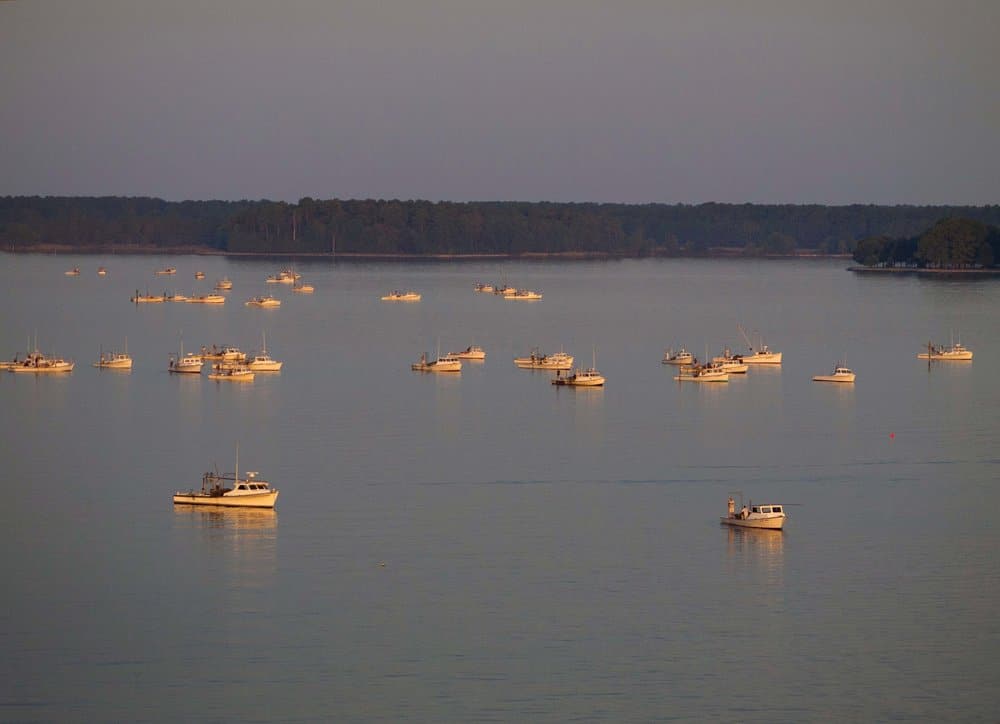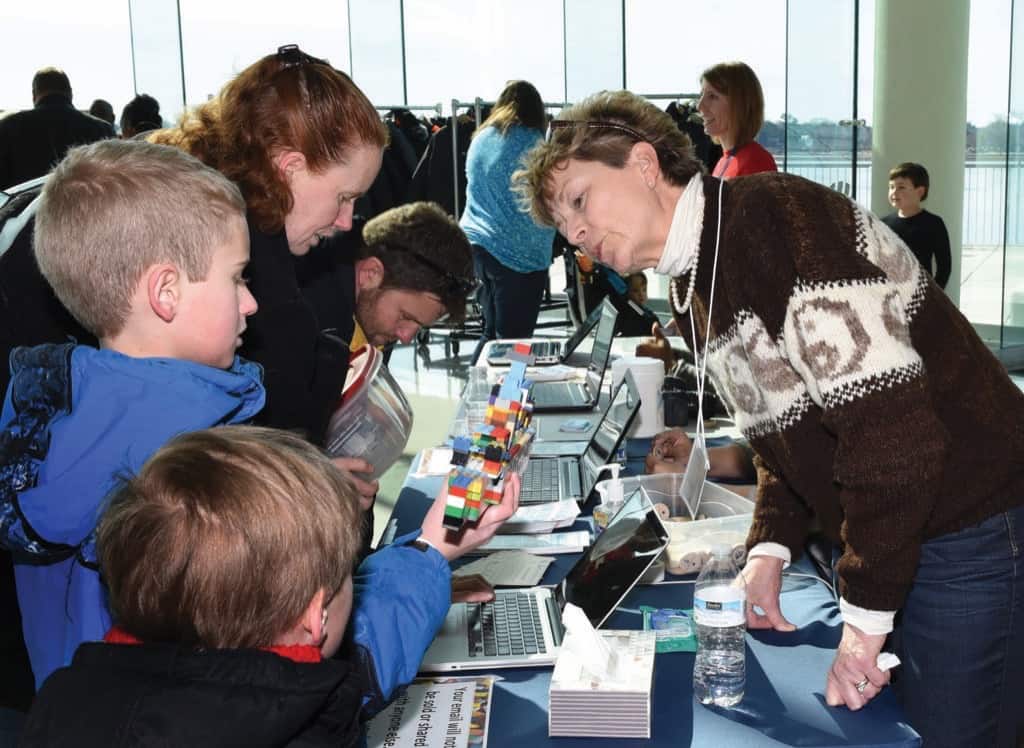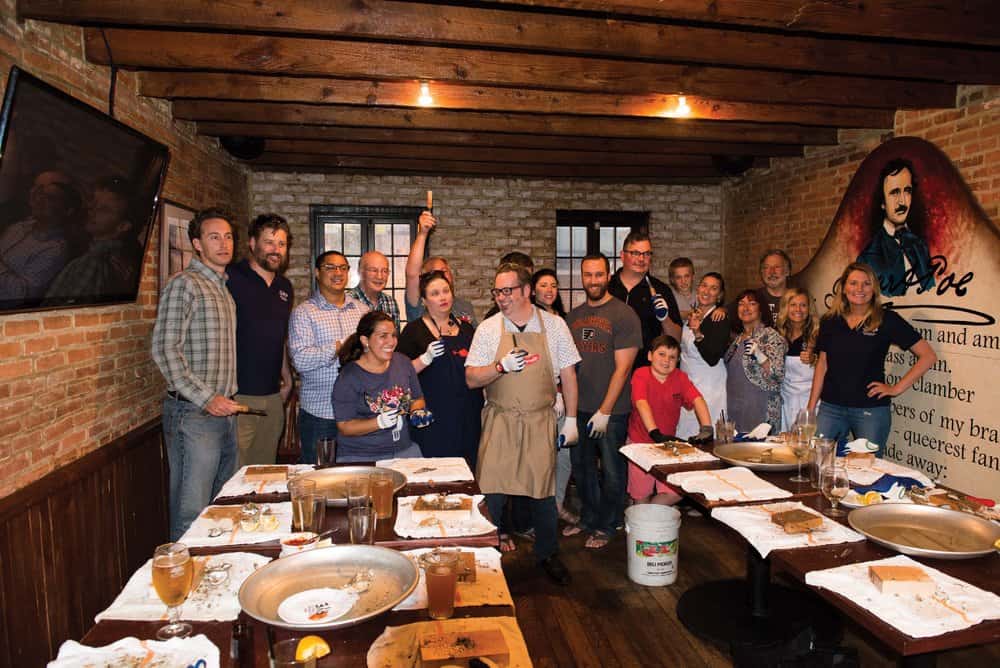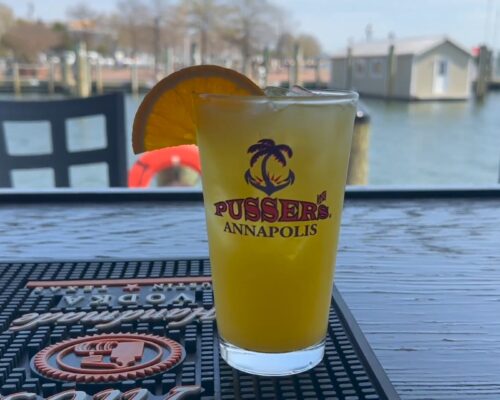When Captain John Smith explored the Chesapeake Bay, oysters grew big as a man’s hand on reefs that were a hazard to navigation. The fishery started to decline after the Civil War when dredging was made legal. Railroads pushed to the water’s edge, and canning factories grew in waterside towns. After thirty years and hundreds of millions of bushels, over-dredging shattered the centuries-old shoals and in the 1890s, the harvests collapsed.
The line graphing the fishery has fallen ever since. Before the collapse, a 12-million-bushel year was average. By 1900, the takings dropped by half. Harvests declined for decades, and averaged three million a year until 1972 when silt and fresh water from Hurricane Agnes killed most of the oysters north of the Chesapeake Bay Bridge. After Agnes, the average was 1.3 million, and then fell off a statistical cliff between 1985 and the late 1990s when parasitic infections nearly ended the fishery. Since 2002 Maryland’s average yearly harvest has been about 100,000.
Virginia has about a thousand watermen permitted to take oysters. In Maryland, around 2,800 licensed watermen can harvest by paying a small access fee. About 1,200 did so in the 2014–15 season. The abundance of oystermen working limited oyster bars make for competitive situations.
The Chesapeake public oyster harvest is not self-sustaining. The states have had to prop up the system with put-and-take management whereby taxpayers and the industry pay to grow and plant the oysters so they may be harvested later when they become market size.
After 150 years of oyster wars, ecological decline and seesawing regulations, the stakeholders hold widely different views. Generations of mistrust have spawned acrimonious relationships between the oyster industry, regulators, scientists, environmentalists and legislators. This has prevented agreement on many issues. But, there is one thing all agree on: The oyster fishery must improve to survive. Something needs to change.
Enter the Oyster Futures project. Funded by the National Science Foundation and sponsored by the University of Maryland Center for Environmental Science (UMCES), Maryland Sea Grant, NOAA, and the Maryland Department of Natural Resources (DNR), Oyster Futures is a five-year project designed to bring together stakeholders including Maryland oyster industry representatives, leading scientists and fisheries managers, policy leaders from Federal and State governments, and key advisors from environmental and conservation groups in search of
a solution.
A significant 66 percent of the workgroup is made up of oyster industry representatives. Previously, oyster management policy and management decisions have been generated at the agency level, leaving the oystermen, packers and sellers feeling left out of the process.
The Oyster Futures goal is to find and propose a balanced self-sustaining commercial fishery that enhances the Bay ecosystem. A tall order, but there’s cautious optimism this goal may
be achievable.
Oyster Futures is focused on two key items: building a computer model to predict the effects of possible decisions, and setting up a collaborative framework to develop and maintain workable policies. The first set of recommendations will be delivered in June, 2017. Maryland’s DNR has agreed to consider adopting these recommendations, though at the end of the day, the Maryland legislature has the final word.
With invested participation from all sides, maybe Maryland’s public oyster fishery has a future.
However, participation includes all of us who enjoy oysters and a healthy Bay, which means we all need to keep an eye on oyster management and the legislative process. Ultimately, that is where the decisions get made.
You can stay abreast of Oyster Futures workshops, seminars and progress on Facebook and on the Oyster Futures website: oysterfutures.wordpress.com
—Mark Eustis




